Of the Lateral pterygoid muscle is a masseter of the human dentition. It ensures the opening of the jaw. In addition, it enables the jaw to be pushed forward.
What is the lateral pterygoid muscle?
The lateral pterygoid muscle is a muscle of the temporomandibular joint. It is located on the inside of the lower jaw. The human chewing muscles are controlled by four chewing muscles. These include the masseter muscle, the temporalis muscle, the medial pterygoid muscle and the lateral pterygoid muscle.
Each of them has a different task and function in the jaw area. They include the movement of the lower jaw. The lateral pterygoid muscle is called the outer wing muscle. It is the only muscle that serves to open the jaw. In addition, it enables the jaw to be shifted forwards or sideways. It enables the so-called grinding movement to be carried out with the jaw. The lateral pterygoid muscle stands out from the functional activity of the other muscles. It is the only muscle not responsible for closing the jaw. Instead, it can be used to open the jaw. The course of the lateral pterygoid muscle is almost horizontal. It is supplied by the lateral pterygoid nerve.
Anatomy & structure
The mandibular nerve leaves the cranial cavity through the foramen ovale as a branch of the fifth cranial nerve, the trigeminal nerve. The sensitive part of the nerve divides into four branches.
These include the auriculotemporal nerve, the inferior alveolar nerve, the lingual nerve and the buccal nerve. The motor part of the mandibular nerve also divides into several branches. These then pull to the masseter muscles of the lower jaw and the floor of the mouth. These include the masseteric nerve, the profund temporal nerve, the pterygoide nerve and the mylohyoid nerve. The masseteric nerve innervates the masseter muscle. The temporal nerves innervate the temporales muscle. The pterygoid nerves supply the lateral and medial pterygoid muscles.
The mylohyoid nerve is responsible for supplying the muscles of the floor of the mouth. The ptergoideus lateralis muscle has two muscle heads. One is located on the surface below the sphenoid bone, the sphenoid bone. There are two strong bone plates called the major ala. The lateral pterygoid muscle continues over the lateral lamina to the bone process of the sphenoid bone. This is the pterygoid process. This is where the second muscle head of the ptergoideus lateralis muscle is located.
Function & tasks
Each of the four muscles of the chewing apparatus has different tasks and functions. The masseter muscle is the masticatory muscle and is responsible for closing the jaw. The temporalis muscle is known as the temple muscle and helps to close and retract the lower jaw. The medial pterygoid muscle is the inner wing muscle. It also serves to close the jaw.
The lateral pterygoid muscle is called the outer wing muscle. It is used to move the jaw joint. With it the opening of the mouth is initiated. In addition, it enables the lower jaw to be advanced. This process is known as protrusion. The movements are additionally reinforced. This is done through the masticatory muscle loop with the masseter. Another function of the lateral pterygoid muscle is the sliding movement of the mill. These go from right to left and vice versa. This process is known as laterotrusion.
Laterotrusion results in a one-sided contraction of the lateral pterygoid muscle in the opposite direction. In addition to the activity of the lateral pterygoid muscle, the opening of the mouth is continued by the suprahyal muscles. These are four muscles that are part of the hyoid muscles. These are the digastricus muscle, the mylohyoideus muscle, the geniohyoideus muscle and the stylohyoideus muscle.The upper head of the ptergoideus laterlis muscle guides the articular cartilage, the discus articularis. It thus supports the movement of the jaw joint.
You can find your medication here
➔ Medication for toothacheDiseases
The entire chewing apparatus is one of the most sensitive systems in the body. The lateral pterygoid muscle has a central role in malpositions of the temporomandibular joint.
Craniomandibular dysfunction is a disease in which the lower jaw is misaligned in relation to the upper jaw. It is an umbrella term for structural or functional dysregulation. In addition, biochemical and psychological problems of muscle or joint function are summarized under it. The cause of the disease is that when biting down, the two jaws do not meet each other optimally. This has the consequence that there is a strong overload or improper strain on the masticatory muscles. These stresses lead to pain, irritation, and swelling in both jaws.
Craniomandibular dysfunction can result from genetic dispositions, psychological stress or misaligned teeth. In addition, excessive fillings or defective dentures such as crowns and bridges can trigger the disease. The loss of tooth substance through, for example, caries is also one of the causes of craniomandibular dysfunction. Head, neck and back pain can be triggered by a malfunction of the temporomandibular joint and the associated chewing organ. The chewing and back muscles are closely interconnected and influence each other.
Symptoms such as tinnitus or other noises in the ears, dizziness and visual disturbances often originate from a defective chewing organ. Difficulty swallowing, clenching the teeth at night, increased salivation or toothache, as well as inflammation of the nerves are also among the complaints of the chewing apparatus. Infections or viral diseases such as herpes affect the mouth region. It affects the movements of the jaw and their load.

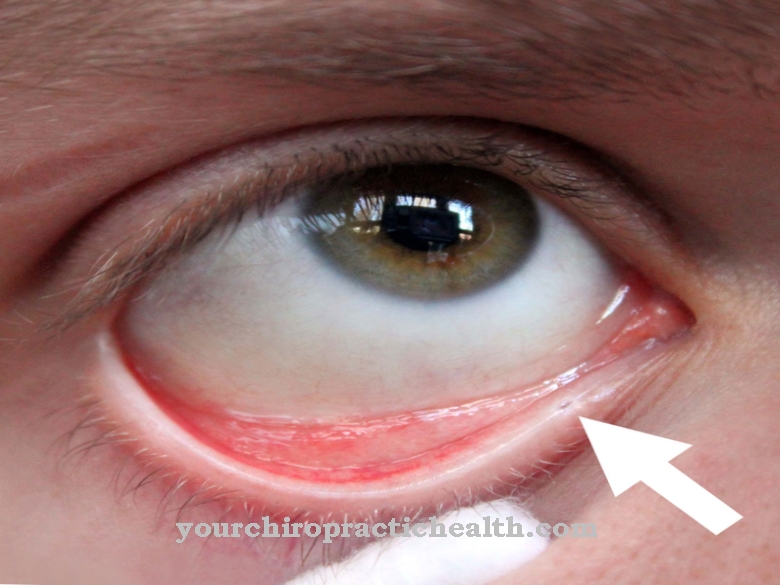
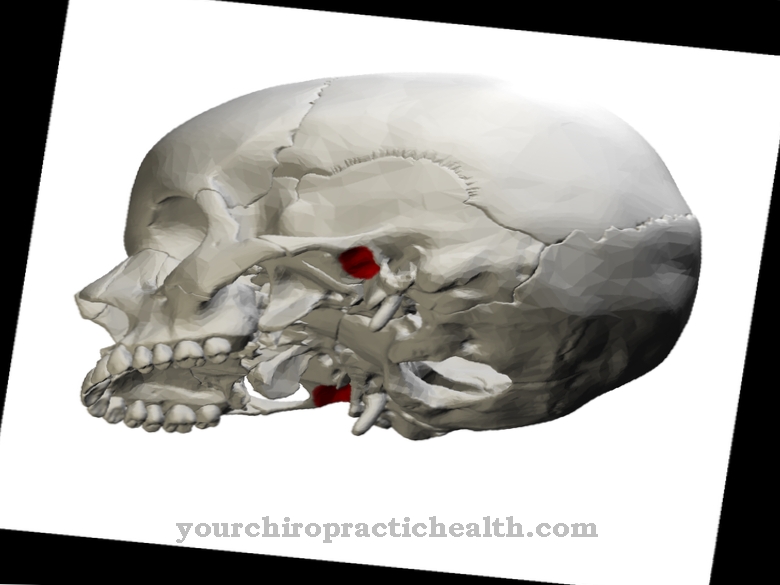
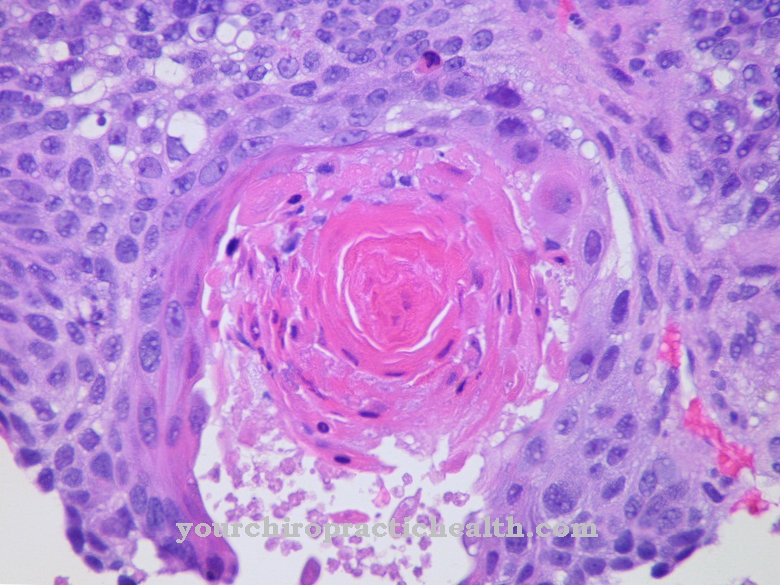
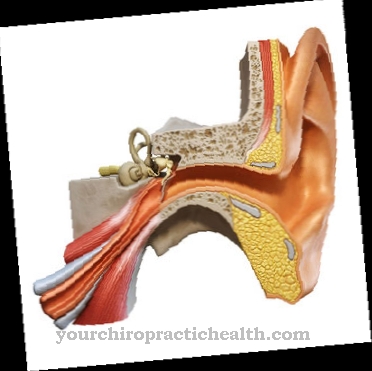

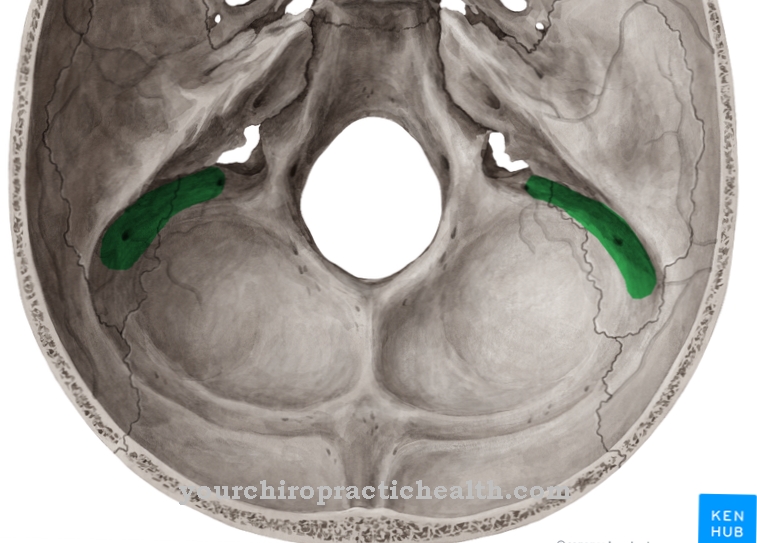

















.jpg)



